A Beautiful Look At Antarctica’s Harrowing Ice Runways
A US Air Force C-17 Globemaster III on the sea ice runway near McMurdo Station, Antarctica. (Photo: U.S. Air Force/1st Lt. Erika Yepsen/Public Domain)
Nearly 2,500 miles from Christchurch, New Zealand, on the coast of Ross Island, is Antarctica’s biggest settlement, McMurdo Station. It is the main base for the U.S. Antarctic Program, and houses over 1,000 people in summer. That number drops to around 250 in winter—not surprising, given the temperatures at that time of year can reach a low of -58F.
Aside from the weather and relative isolation, there is one other major consideration for living in McMurdo: how to get there.
One option is the slower, old-fashioned way, by ship. The other, faster option is flight, which is made possible through the three ice runways that service McMurdo. There’s the Pegasus White Ice Runway, which sits on glacial ice with a surface of “white ice”—3-4 inches of compacted snow—making it suitable for wheeled aircraft. There’s also the main Ice Runway, for all types of aircraft, and Williams Field, a skiway for ski-equipped aircraft.
It’s not just the runways that are modified in Antarctica, but the transport as well. The LC-130, for example, which is predominantly used by the U.S. Antarctic program, has retractable ski-equipped landing gear. It also has jet assisted take-off, that help the aircraft to get airborne from rough snow surfaces. And what’s a plane without a nickname? This one is called the “skibird”.
If you do manage to fly to Antarctica, it is a back-to-basics experience. It’s also fraught with the possibility of not touching down at all. If the weather is bad, an aircraft will have to turn around and head back to Christchurch, and wait until conditions clear before attempting to land, again, on a patch of ice.
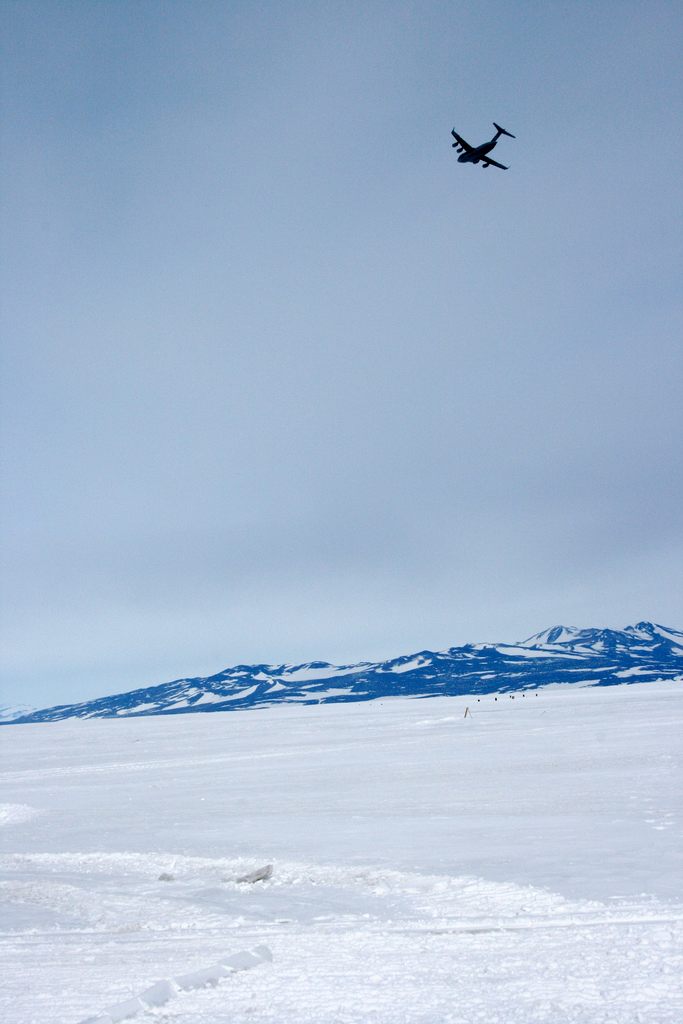
A C-17 coming into land. (Photo: Eli Duke/flickr)
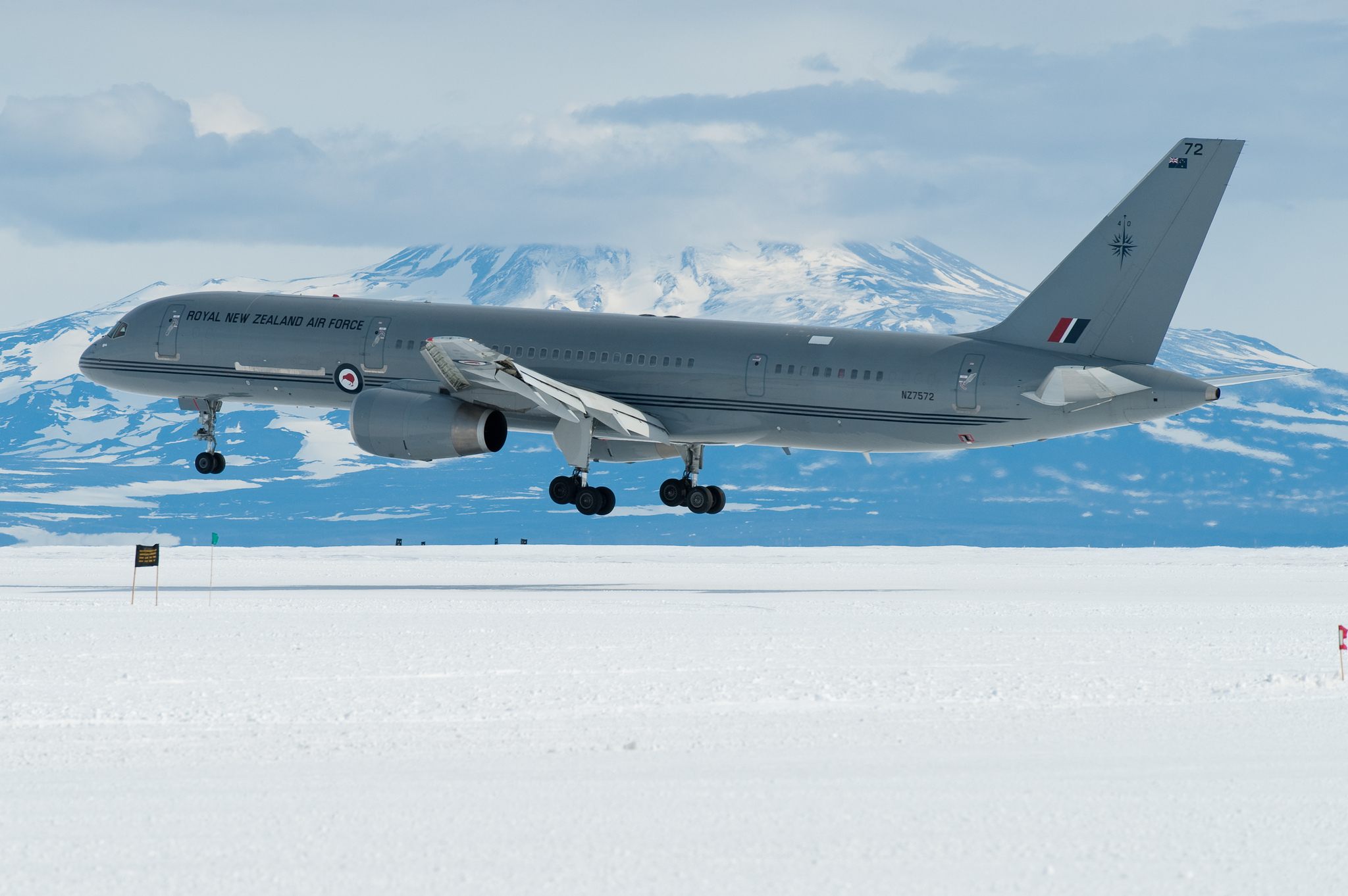
A Royal New Zealand Air Force Boeing lands at Pegasus Runway. (Photo: New Zealand Defence Force/flickr)
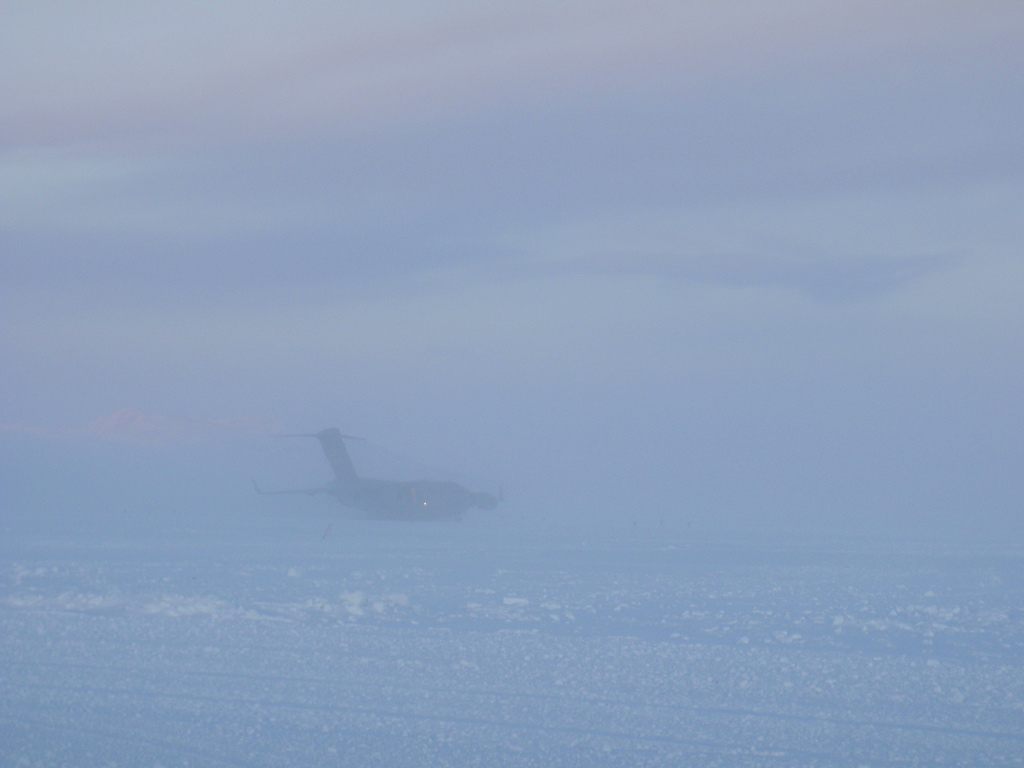
A C-17 lands in foggy conditions at Pegasus. (Photo: Alan Light/flickr)

Penguins on stand by at Pegasus Runway. (Photo: Eli Duke/flickr)
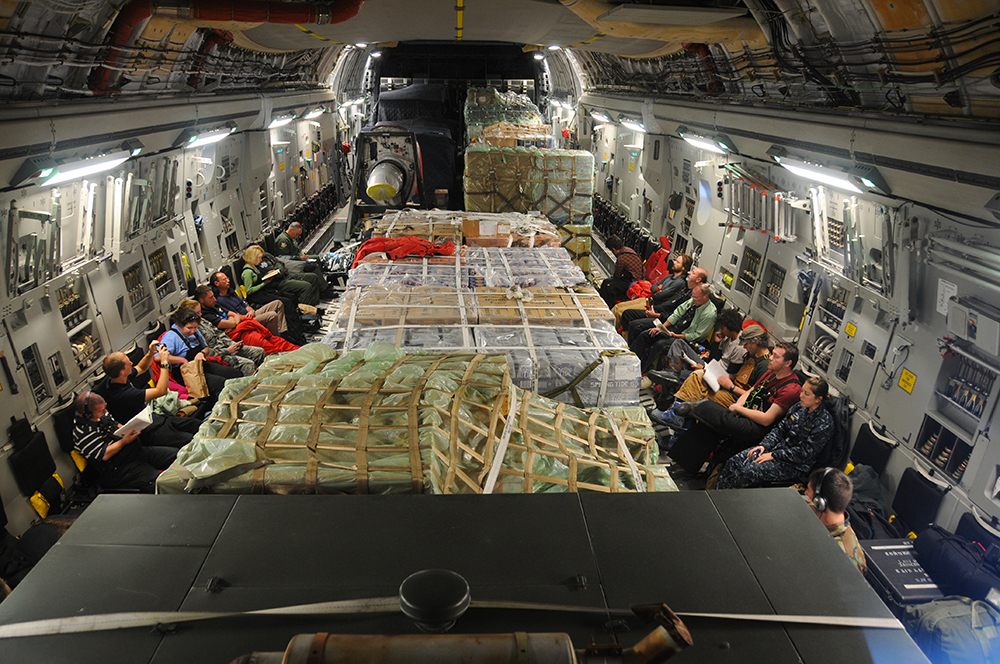
Inside a military C-17 en route to Antarctica. This particular flight was turned back to Christchurch due to poor landing conditions. (Photo: U.S. Air Force/Master Sgt. Lee Hoover/Public Domain)

An LC-130 “Skibird” from the New York Air National Guard sits on the ice runway, as part of Operation Deep Freeze, the military component of the U.S. Antarctic Program. (Photo: U.S. Air National Guard/Capt. David S. Price/flickr)
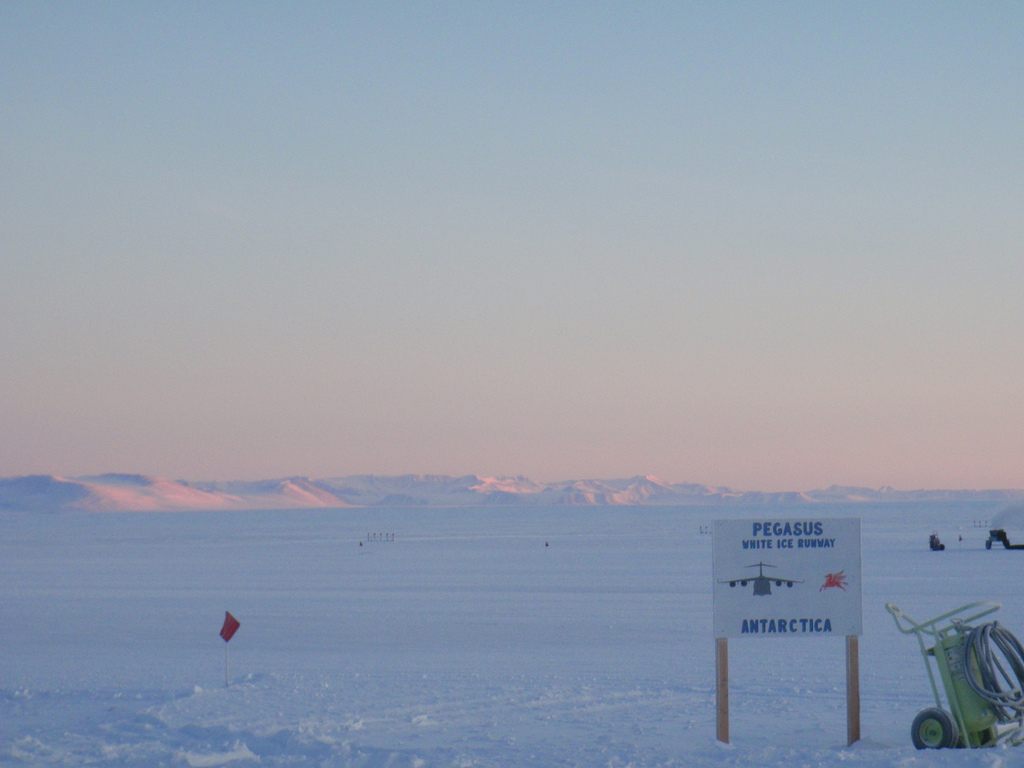
The sign for the Pegasus White Ice Runway, with a vista of Antarctica in the background. (Photo: Alan Light/flickr)
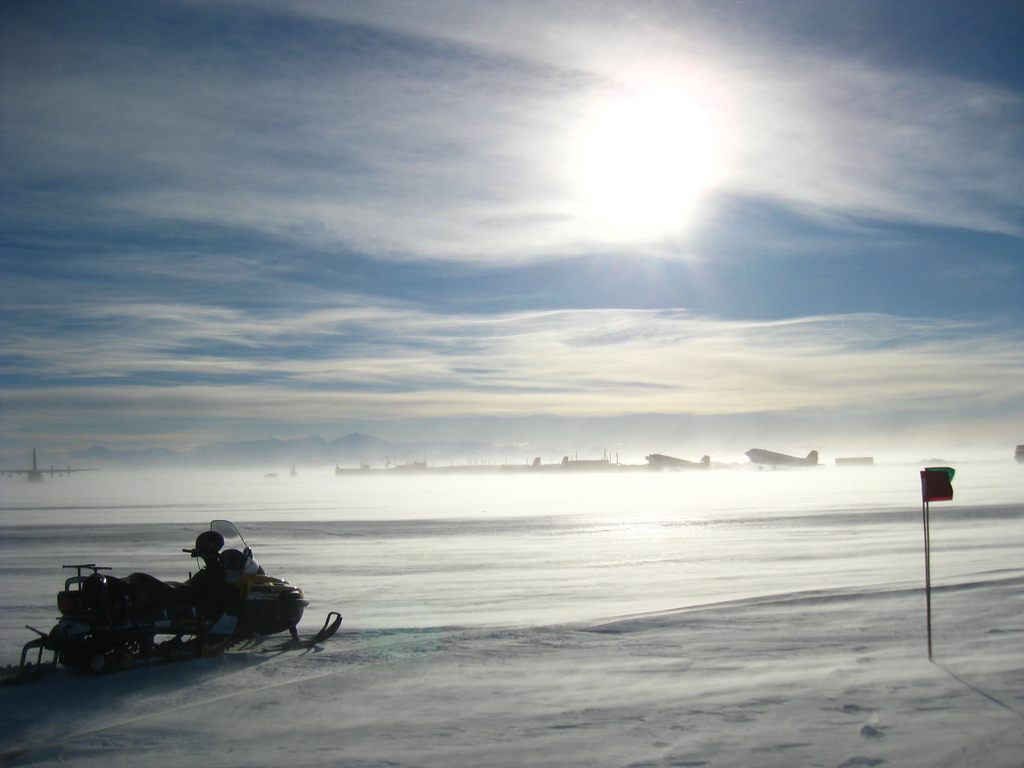
Aircraft on the ice runway, with another form of Antarctic transport: a snowmobile. (Photo: Eli Duke/flickr)

A C-130 Hercules military aircraft takes off at Pegasus Runway. (Photo: Eli Duke/flickr)

The view from a New York National Guard LC-130 “Skibird”. (Photo: U.S. Air National Guard/Maj. Joshua Hicks/flickr)






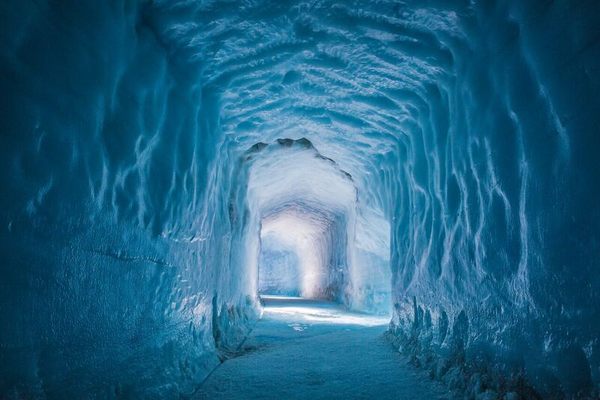


Follow us on Twitter to get the latest on the world's hidden wonders.
Like us on Facebook to get the latest on the world's hidden wonders.
Follow us on Twitter Like us on Facebook